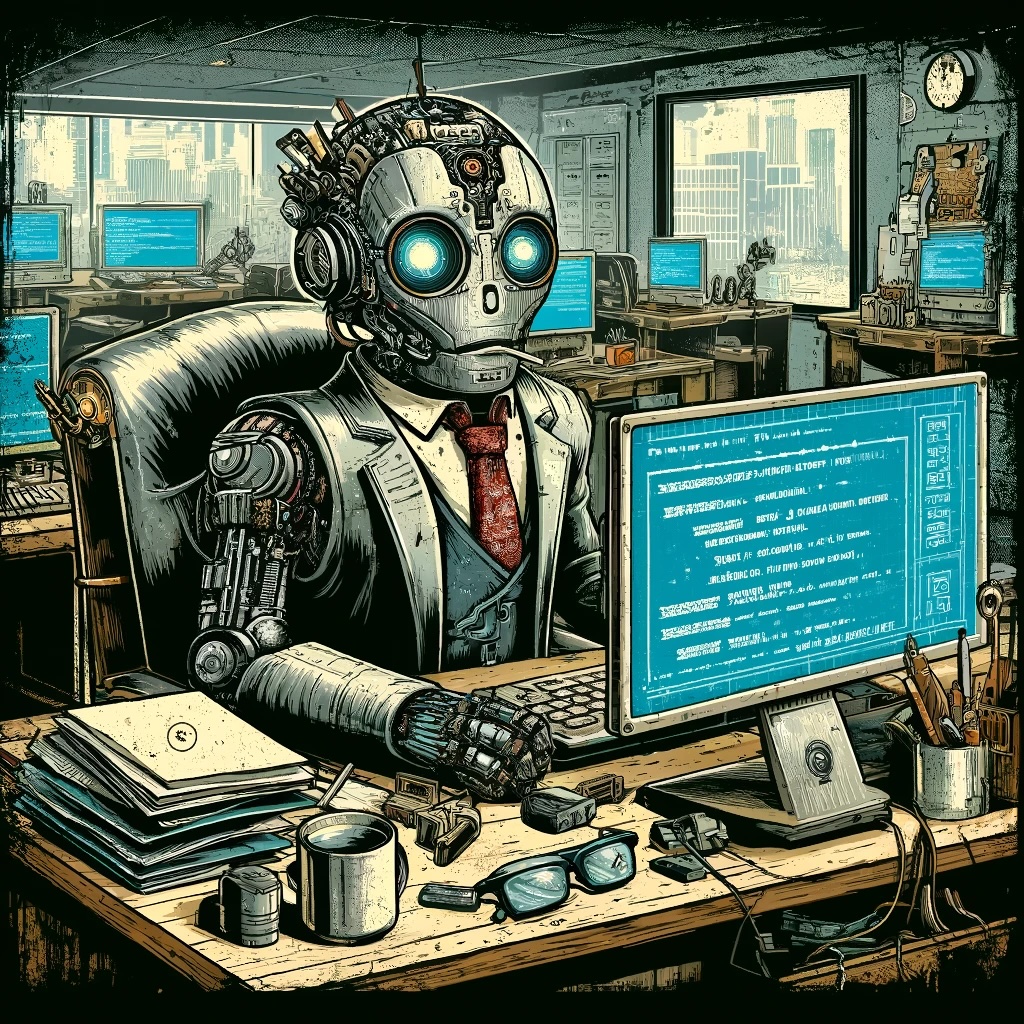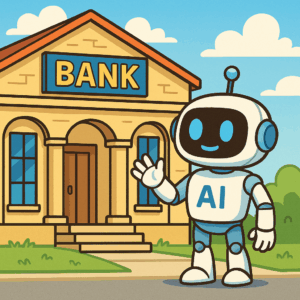We’ve all seen the headlines: “Everyone will work from an office by 2026.” “There is no going back from hybrid and remote.” “AI and Web3 will change everything.” What is a business owner to think when the experts have conflicting predictions?
Well, there is no one answer for everyone. Many businesses, including manufacturing, health care and brick-and-mortar retail, will always need people to work on-site (even if some job categories allow for remote work at least part of the time). Other industries, such as software development, advertising, accounting and law, can operate with no one on-site.
But that is just the beginning. The very concept of what it means to work is being challenged by generative AI and Web3. Thus the question becomes what will work best as a long-term solution for each particular business.
To understand how and to what extent generative AI and Web3 may affect your business, let’s look at some definitions.
Automation versus generative AI
“Automation” and “generative AI” are often used interchangeably, probably because they both help businesses work smarter and more efficiently. But there are key differences between the two:
- Automation follows a set of predefined rules. A specific command is followed by a set response. There is no deviation.
- Generative AI responds by using algorithms that can change over time based on the information AI learns over time. AI continues to improve its performance and its decisions.
Companies have been using automation to create efficiencies since Oliver Evans developed the automatic flour mill between 1775 and 1790; that mill is considered the first completely automated industrial process. Automation has evolved since then. Today, automation refers to the use of technology to automate repetitive tasks and reduce errors.
Modern AI has been around since the 1950s, but it really captured the popular imagination when Open AI released ChatGPT. Most businesses are now using AI in one form or another. While some studies say AI is more likely to enhance job roles than to eliminate them, other studies say that AI will replace thousands of jobs. The likely result will be somewhere in between, with some current jobs disappearing but others that we cannot even envision today being created.
Generative AI and Web3
In the midst of simultaneously exciting and frightening AI disruptions comes another equally disruptive change: Web3.
Web3 is often associated with the metaverse, cryptocurrencies and NFTs, but it is much bigger than that. At its core, Web3 is a collection of blockchain-powered technologies — digital systems that operate without a central authority, allowing individuals to work directly with clients without going through a gatekeeper. The rise of the gig economy (freelance, project-based and temporary work) mimics this model. At its best, Web3 has the potential to empower individuals.
Businesses cannot afford to be complacent
The effect of AI and Web3 on the future of work cannot be overestimated. Businesses cannot afford to ignore the profound impact these developments will have. For example, a 2023 Earth Web article states that 75% of 6- to 17-year-olds aspire to be YouTubers rather than traditional workers. Even if these results are not representative globally, the future workforce overwhelmingly prefers a work model that is vastly different than the traditional pre-COVID-19 model. Even the evolving post-COVID-19 model, with its focus on hybrid and remote work, does not currently project what these future workers will want.
Now is a good time to consider how AI and Web3 can become successfully integrated into your business.




